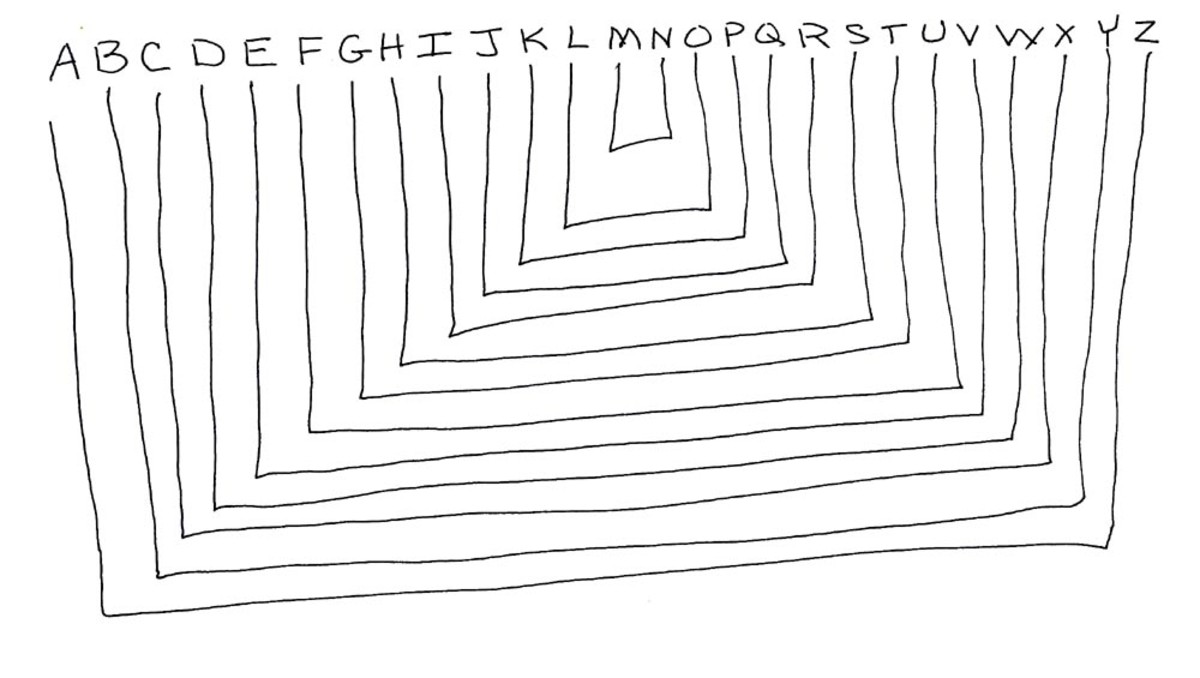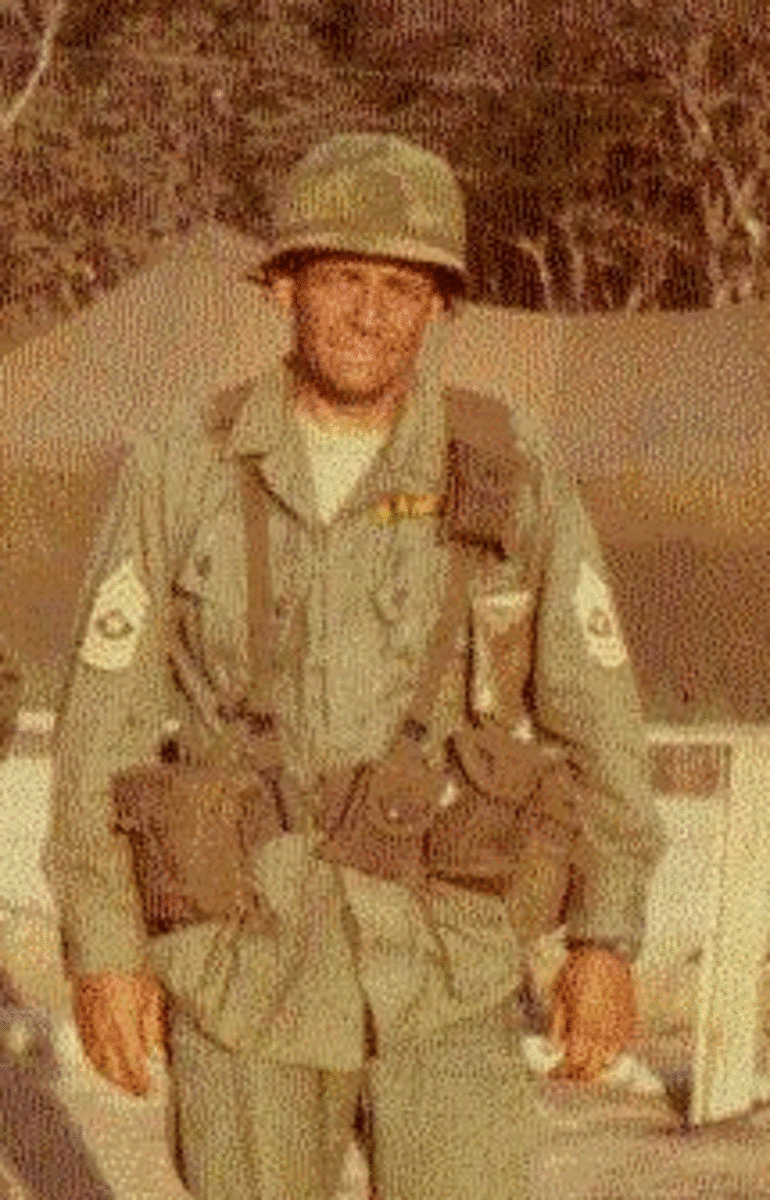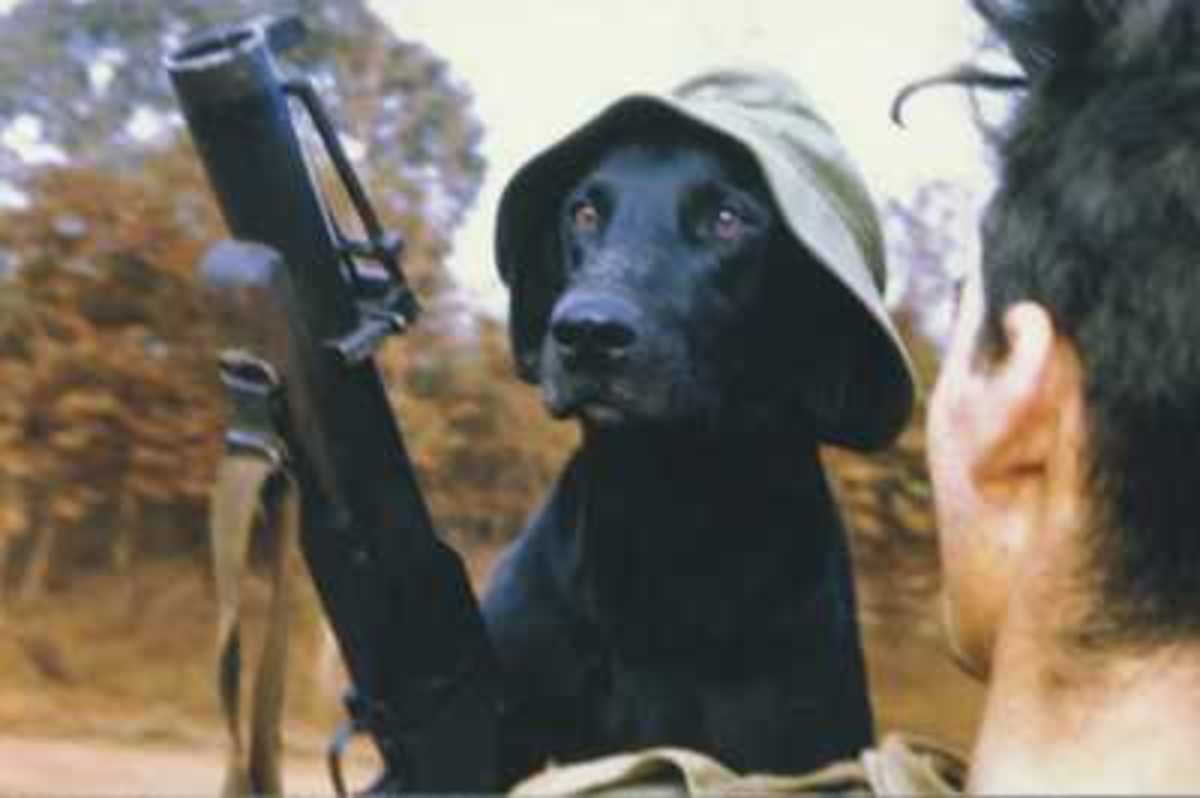- HubPages»
- Education and Science»
- History & Archaeology»
- Military History
Last Navajo Code Talker
Original WWII Code Talkers
Allen Dale June, a Navajo code talker who received the Congressional Gold Medal in 2001, for his role as one of the 29 original code talkers died this week of renal failure.
The Code Talkers took part in every Marine assault conducted in the Pacific from 1942-1945. Thousands of messages were sent without error on Japanese troop movements, battlefield tactics and other communication critical to the war’s ultimate outcome.
An original group of 29, which included June developed the code based on their Navajo language, and their role was not declassified until 1968. June attained the rank of sergeant while in the Marines. Now that he has died, there are only 2 others of the original 29 left. The Tribal Council Speaker Lawrence T. Morgan said in a statement, “His unique service to his country brought positive attention to the Navajo Nation. He will be missed.”
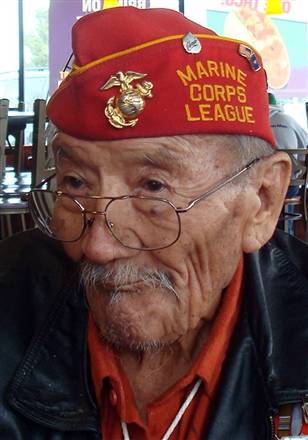
Clarence Wolf Guts

The Last Oglala Lakota Code Talker Dies
Another code talker, Clarence Wolf Guts, died this past Wednesday and he was the last surviving Oglala Lakota code talker from WWII. He helped defeat the Axis forces by transmitting strategic military messages in his native language which the Japanese or the Germans couldn’t decode.
His son said when 9/11 happened he asked his son to call the U. S. Defense Department to see if the country needed his code talking abilities to find Osama Bin Laden. He was 70 at the time so his son didn’t make the call, but the request personified his father’s love of the country.
Code Talkers
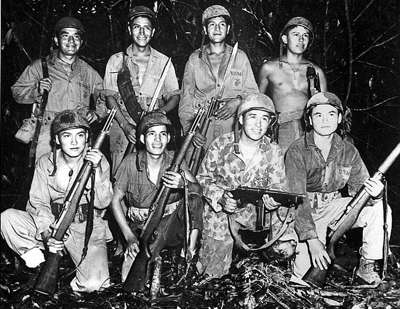
Beginning of Codes for Marines
While there were 450 Navajo code talkers, 15 other tribes used their languages to aid the Allied efforts in World War II. Wolf Guts was one of 11 Lakota, Nakota and Dakota Native American code talkers from South Dakota.
When he was in basic training at age 18, a general asked him if he could speak Sioux. He explained the 3 languages he knew and Wolf Guts helped develop a phonetic alphabet based on Lakota that was later used to develop a Lakota code. He joined 3 Sioux code talkers in the Pacific campaign. His responsibility was to send coded messages from the General to his chief of staff.
The code talkers served in all six Marine divisions, Marine Raider battalions and Marine parachute units, transmitting messages by telephone and radio in their native language a code that the Japanese never broke.
Using Navajo Code
Philip Johnston, the son of a missionary to the Navajos and one of the few non-Navajos who spoke their language fluently. He was the one who came up with the idea of using the Navajo for secure communications.
Phillip Johnson was also a WWI vet and knew the importance of secure communication. Navajo is an unwritten language and its syntax and tonal qualities, plus its dialects made it a perfect form of communication.
Major Howard Conner stated that the 6 Navajo code talkers sent and received over 800 perfect messages, or they never would have been able to take Iwo Jima.
In 1942, there were about 50,000 Navajo tribe members. As of 1945, about 540 Navajos served as Marines. From 375 to 420 of those trained as code talkers; the rest served in other capacities.
Navajo Code Talkers
Summary
While their value was long recognized, they were finally honored for their contributions to defense on September 17, 1992, at the Pentagon in Washington D. C.
Thirty-five code talkers, all veterans of the U.S. Marine Corps, attended the dedication of the Navajo code talker exhibit. The exhibit included photographs, equipment and the original code, along with an explanation of how the Navajo code worked. It is now a regular exhibit in the Pentagon tour.
It is the sacrifice of great men like these code talkers that have given us freedom for the past 200+ years, and it would serve us well to never forget that.
The copyright, renewed in 2018, for this article is owned by Pamela Oglesby. Permission to republish this article in print or online must be granted by the author in writing.


